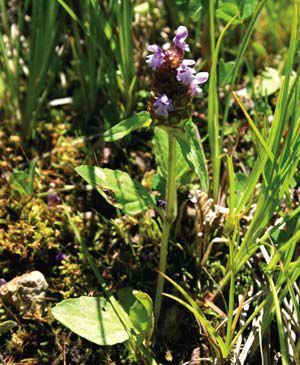Self-heal’s healing properties unproven
Published 7:31 am Thursday, July 23, 2009

- Self-heal
Name: Self-heal
Scientific name: Prunella vulgaris
This plant’s history is probably more interesting than the plant itself. It grows nearly everywhere worldwide, and much has been written about it for centuries. It is even featured in one of Robert Frost’s poems “Design.”
The plant is small but not difficult to spot. Each plant has a single, unbranched stem about 3 to10 inches high, with about 2-4 pairs of leaves opposite each other. Since it is in the mint family, it is no surprise that it has square stems and a single oblong head of flowers at the top.
The flowers in our area are mostly purple, but elsewhere can be pink or white.
The name Self-heal implies medicinal qualities, though tests of the plant’s chemistry have shown no basis for claims of healing. People in mediaeval Europe believed a “doctrine of signatures” that classified plants according to their appearance. Since Self-heal had hook-shaped flowers, they expected the plant to help heal wounds caused by hooks.
Herbalists in the 15th and 16th centuries used it to treat everything from internal ailments to external wounds. Old names including Hook-heal, Hookweed, Sicklewort, Carpenter’s Herbe, and Carpenter’s Weed probably refer to its use with fresh wounds.
Names such as Cure-all, Heal-all and Heart-of-the-Earth referred to internal uses. The Latin name Prunella, previously spelled Brunella by herbalists, is from the German Braune, meaning angina. Vulgaris means common. In the Pacific Northwest at least one Indian tribe used the plant as a tonic.
Self-heal blooms in mid-summer, and is now blooming from low to upper elevations. I have seen it in Pendleton and Portland lawns, around the Umatilla Forks Campground, and on Ruckle Ridge.
Where to find: This plant likes moist to wet areas, in partial shade in wooded areas, and roadsides.








